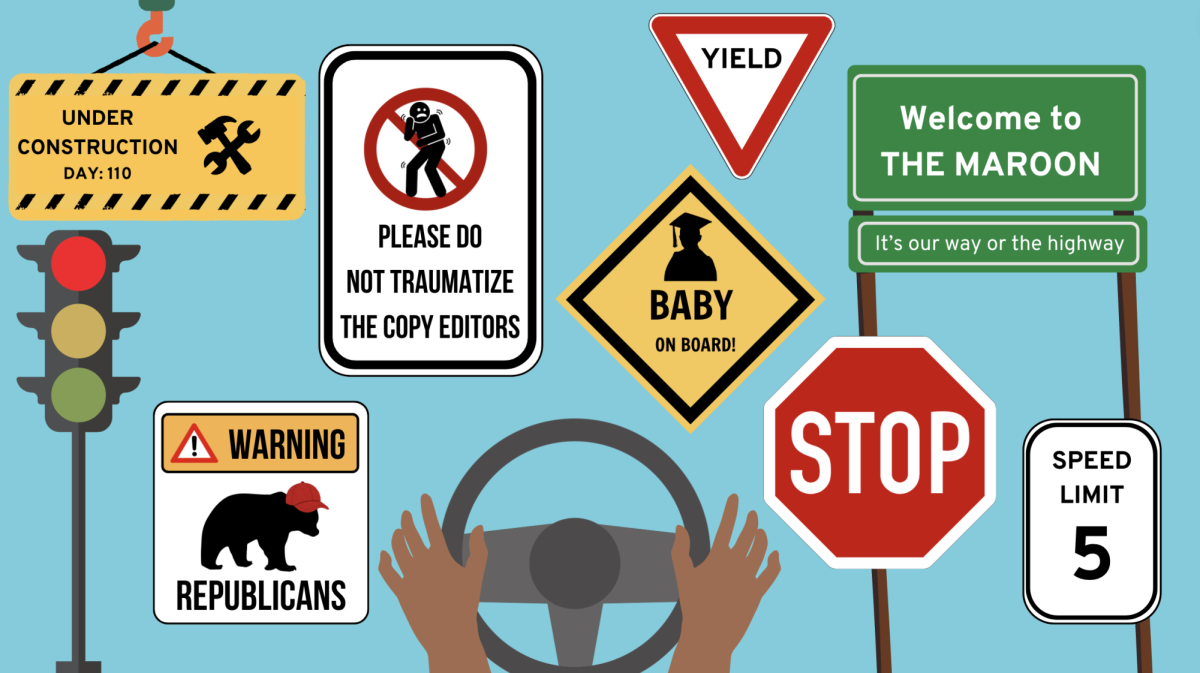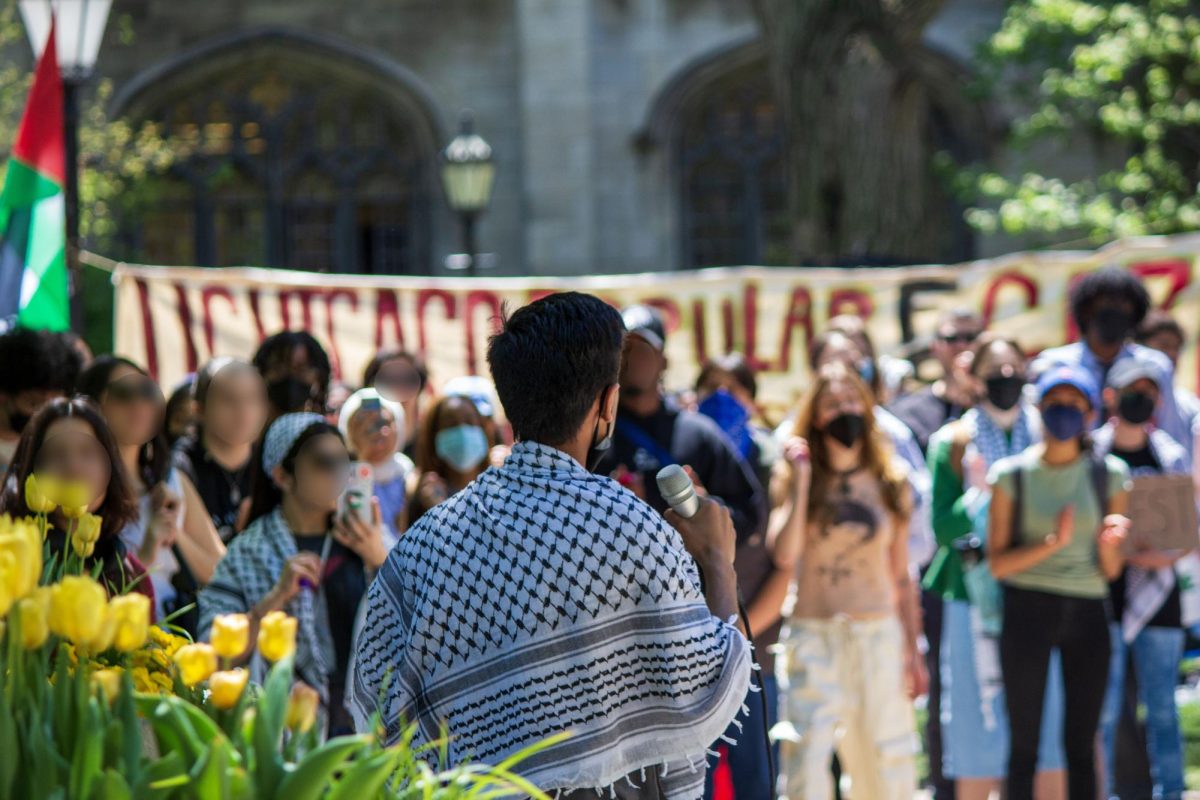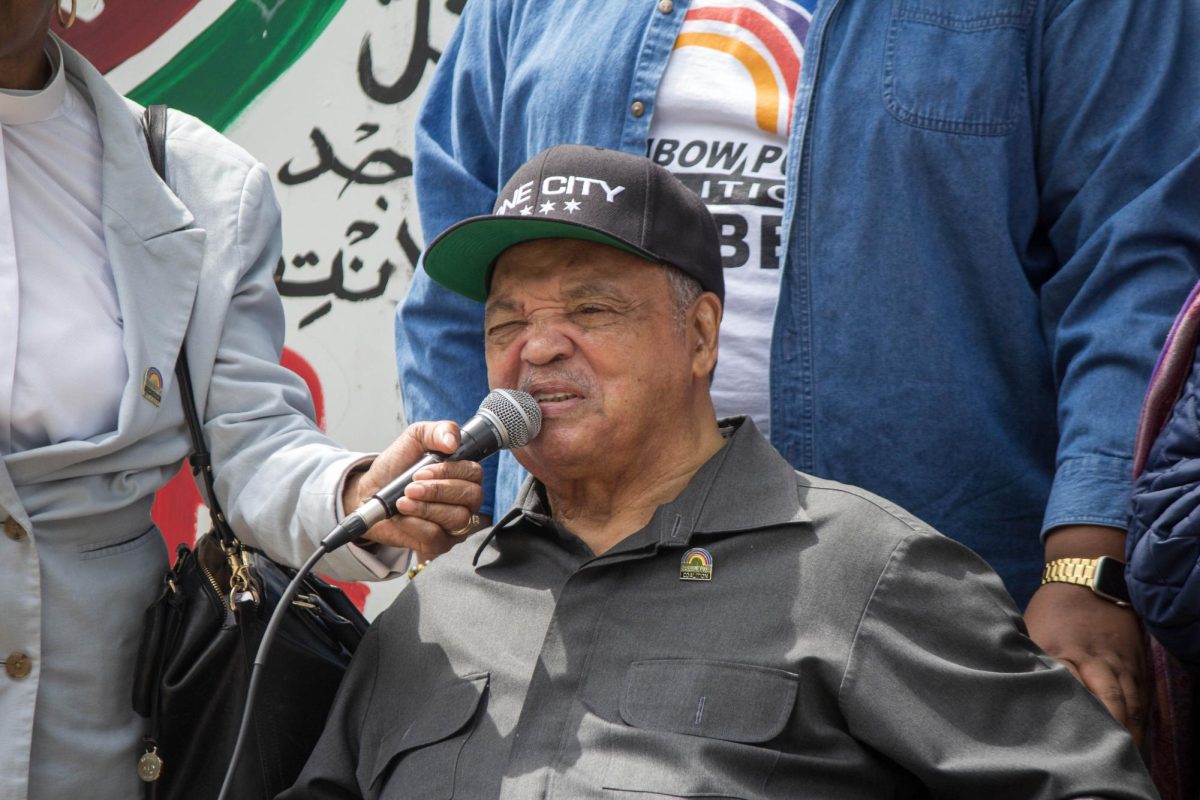Within the past few weeks certain Chicago politicians have taken the opportunity to criticize some of Mayor Daley’s past projects, Millennium Park in particular. In claiming that the funds used for the development could have been better allocated, these detractors ignore the benefits that its completion has brought to Chicago. Overall, it is incorrect to conclude that Millennium Park was a mistake or a misappropriation of tax dollars.
Millennium Park opened to massive fanfare on July 16, 2004. The 24.5-acre park was a far cry from what had been originally intended as a modest addition to the vast expanse of Grant Park. When completed, the 24.5-acre park had turned 16.5 acres of commuter rail lines, a parking lot, and eight acres of underutilized park space into one of the city’s greatest accomplishments. Located between Randolph Street and Monroe Avenue along Michigan Avenue, the park had initially been slated to open in coincidence with the turn of the millennium. Its lack of a timely opening, which is frequently cited as one of its failures, actually allowed for the park’s success. When plans for the area were presented publicly, the city’s corporations and philanthropic organizations came together in order to make Millennium Park more than just another soccer field. Families such as the Pritzkers (from U of C’s Pritzker School of Medicine, Hyatt Hotels, etc.) and the Crowns (the Henry Crown Field House, U of C Board of Trustee President James Crown, etc.), in addition to many corporations, thought it necessary to further enhance this project. By putting their own financial resources into the park, they made Millennium Park a project of even larger scale and importance.
Funded by an unprecedented public/private partnership, the city paid for $270 million of the $490 million final price. The city’s share came from $175 million in construction bonds and $95 million in tax increment financing (TIF) bonds. Although the park has been criticized as being nothing more than a fancy location for name placement and glamorized billboards, such cynics fail to note that the park would not be as grand if not for these small concessions. Although the BP Bridge, the Wrigley Square, and the Chase Promenade may display the name of corporations, such titles do not detract from the public benefit they provide. No individual who is on Michigan Avenue on a warm summer day can ignore the playful yells of children coming from the Crown Fountain. Oddly enough, the fountain was originally envisioned by its designer, Jaime Plensa, as a place for quiet reflection. The park’s extensive free concert series, its public art displays, and its year-long events not only benefit the cultural dynamic of our city but its general population as well.
There is no doubt that the cliched phrase “no cost was spared” does apply to Millennium Park, yet one must also note that such attention to detail benefits the public. While residents in the northern suburbs must pay significant sums of money to be entertained for a night at Ravinia, anyone can, without charge, enjoy some of the world’s best musicians displaying their talents for free at the Frank Ghery–designed Pritzker Pavilion. The warm public reception for the park has been felt from day one. Though the city estimated that only 50,000 people were going to attend the opening weekend events, 300,000 turned out to participate in the festivities.
Furthermore, it is ignorant to claim that the central business district’s recent rebirth has not been assisted by the development of Millennium Park. The park’s impact on Chicago’s economy is clearly displayed in how downtown property values jumped merely with the announcement of the park’s final design. Even though it was years before the park’s opening, real estate values and the property tax base had already started climbing in the spring of 2000. It seemed that overnight, buildings that were originally bought for $45 a square foot were now being bought at $90 a square foot, the old Carbon and Carbide building was now home to the Hard Rock Hotel, Donald Trump had announced plans to build a skyscraper within a mile of the park, and empty storefronts south of the Magnificent Mile once again teeming with life. The area south of the river and north of Roosevelt had been in desperate need of a boost for years, and it seems as though Millennium Park has done the trick.
Other cultural additions to the area have been planned since the park’s completion. The Chicago Children’s Museum has announced plans to upgrade from Navy Pier and move into Daley Bicentennial Park on the other side of the BP Bridge. On the south side of the park, The Art Institute of Chicago has begun construction on its new contemporary art wing, complete with a Renzo Piano bridge into Millennium Park. Millennium Park’s opening stimulated the sales of condominium projects along central Michigan Avenue.
The increased tax revenue, the growing number of jobs, and the general attractiveness of the downtown business district do not stand, in any way, to hurt the city. Millennium Park, in the long run, will not cost the city a dime. If anything, it will help to fill the coffers of public services. Crain’s Chicago Business described the area around Millennium Park as one in which “buyers stand in line for hours to put down deposits, and sales contracts are signed at a faster pace than any other downtown neighborhood.” The Millennium Park Economic Impact Study, released in April of 2005, projected that the park’s economic impact on the adjacent real estate market will total $1.4 billion over the next 10 years. Additionally, it is important to note that funds were not cut from other neighborhoods in order to fund this project. As the city of Chicago continues to develop, it is important to view Millennium Park not as money that was poorly allocated or misspent, but as the City of Chicago displaying its commitment to the cultural and general well being of it citizens.







